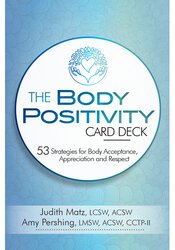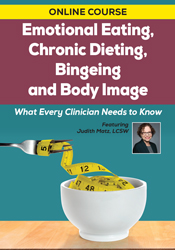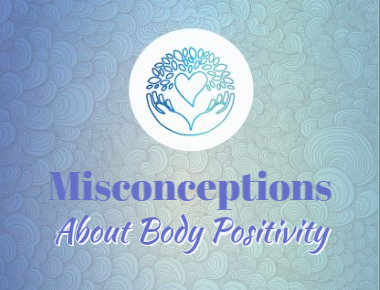3 Misconceptions About Body Positivity
Help clients let go of body shame, feel more at home in their own bodies, and transform diet culture.

With the explosion of social media in the past decade, #bodypositivity has become a highly popular hashtag. While the growing interest in body positivity is cause for optimism, it can also leave clients feeling that theyβÄôre βÄ€not doing it correctlyβÄù or that theyβÄôre not included in the movement.
Here are 3 common misconceptions about body positivity to consider as you work with clients to move from body shame to body positivity.
Body positivity means relating to your body with acceptance, appreciation and respect. Body positivity does not require someone to automatically love the way they look or to feel positive about their body at all times. Instead, body positivity helps people unhook their body image from their value as a human being and supports them in cultivating practices that strengthen physical, emotional and spiritual wellbeing.
No matter how much a client embraces body positivity, itβÄôs important to understand that in our fatphobic culture, negative body thoughts are still likely to arise at times. Additionally, there might be other non-weight related reasons that people donβÄôt feel at home in their bodies, e.g. gender identity, physical ability or chronic pain.
As you work with clients to cultivate body positivity, helping them find new strategies to respond to negative body thoughts is the key component in reducing body shame and increasing self-compassion.
Body positivity is meant for people of all sizes, shapes, colors, abilities, sexual orientations, gender identities, and ages. However, images tagged as body positive on social media are often of white, cisgendered women just slightly larger than the thin ideal.
ItβÄôs essential to represent all types of bodies as deserving of acceptance, appreciation and respect in order to make body positivity a truly inclusive movement.
Body image refers to a personβÄôs perception of their own body and is not contingent on body size. There are people of all sizes who feel good about their bodies and people of all sizes who donβÄôt. Clients can practice numerous strategies to develop a more positive body image, such as having enough clothes that fit their current size and letting go of weighing themselves. Building a positive body image is an important aspect of becoming body positive.
While strengthening oneβÄôs own body image is an individual act, body positivity is a broader social movement that values all bodies and rejects fat shaming and systemic weight bias. Someone can have a positive body image but still not embrace body positivityβÄîor even know what it means. In addition to working on body image, clients who want to become body positive must also reflect on whether they contribute to diet culture and weight stigma, even if unintentionally. For example, participating in diet conversations or giving weight loss compliments supports the belief that a thinner body is a better body.
Body positivity is a powerful approach to help clients let go of body shame, feel more at home in their own bodies, and transform diet culture.

With these simple practices, reflections, and inspirations youβÄôll learn to find appreciation for your body. This deck contains 53 unique healing strategies that will guide you to build self-confidence and respect for the body that you have - and help to create a more inclusive world.

This groundbreaking gives you cutting-edge, research-based information on disordered eating and diet cultureβÄΠ
Through educational programs, she is dedicated to helping people end the preoccupation with food and weight. Judith received her MSW at University of Michigan and earned her post-graduate certificate at Michael Reese Hospital in Chicago, where she trained in the treatment of eating disorders.
Learn more about their educational products, including upcoming live seminars, by clicking here.
Topic: Diet and Nutrition
Tags: Advice | Body | Body weight | Diet and nutrition | Self-Compassion | Self-Empathy | Self-Esteem | Shame | Strategies | Therapy Tools | Tools



